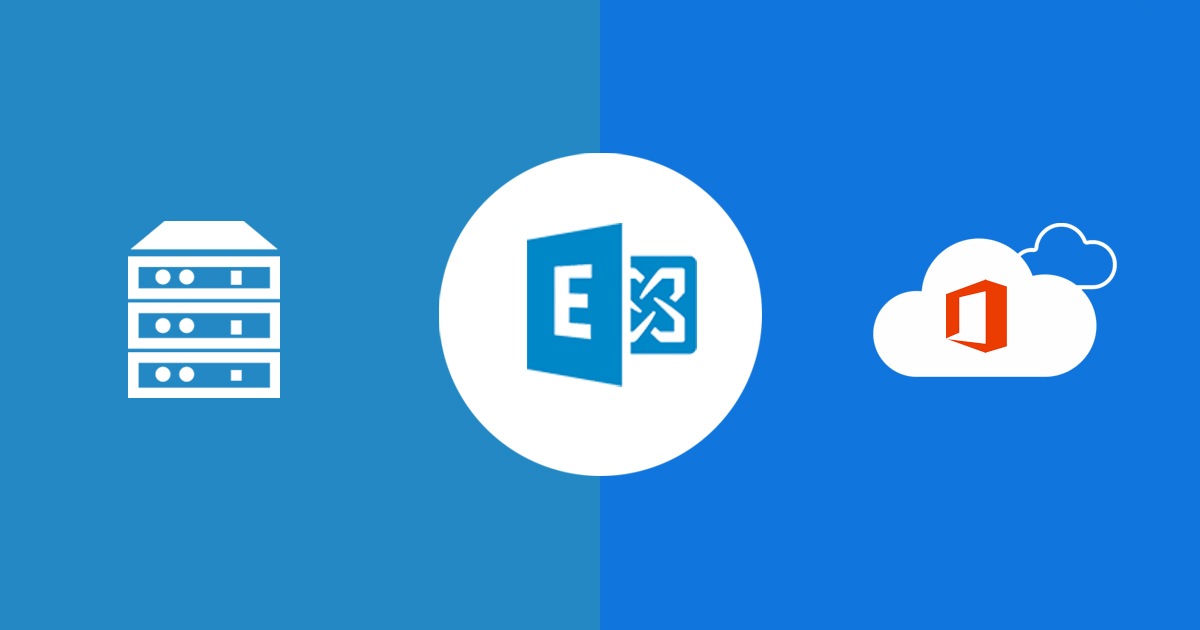Selecting the right email solution for your organization is crucial as it directly impacts communication, collaboration, and overall efficiency. In-House Exchange vs Office 365, several factors come into play to help you make an informed decision.
In-House Exchange:
In-House Exchange refers to hosting your email infrastructure on your organization’s own servers. It offers more control and customization but requires a higher level of maintenance and resources.
Pros:
- Control and Customization: With an In-House Exchange, you have complete control over your email environment. You can customize settings, security protocols, and features to align with your organization’s specific needs.
- Data Privacy: Hosting your email internally allows you to maintain full control over your data, which can be critical for organizations with strict data privacy and compliance requirements.
- One-Time Costs: While the initial setup costs for hardware, software, and licenses can be high, you won’t have ongoing subscription fees like those associated with Office 365.
Cons:
- Infrastructure Costs: Setting up and maintaining the necessary hardware, software, and IT infrastructure requires significant upfront investment and ongoing expenses for maintenance and upgrades.
- Expertise Needed: In-House Exchange requires a dedicated IT team to handle server management, maintenance, updates, security patches, and troubleshooting.
- Scalability and Flexibility: Scaling an In-House Exchange can be complex and time-consuming. It might not be as flexible as cloud-based solutions like Office 365.
Office 365:
Office 365 is a cloud-based productivity suite offered by Microsoft, which includes email hosting through Exchange Online. It provides scalability, ease of use, and a range of collaboration tools.
Pros:
- Scalability: Office 365 offers flexible plans that allow you to scale your email solution according to your organization’s needs. You can easily add or remove users as your business grows or changes.
- Low Initial Investment: With no need for on-premises infrastructure, Office 365 eliminates the high upfront costs associated with In-House Exchange. It operates on a subscription-based model.
- Maintenance and Updates: Microsoft handles maintenance, security updates, and patches, reducing the burden on your IT team and ensuring your email environment stays secure and up-to-date.
- Collaboration Tools: Office 365 includes a suite of collaboration tools such as SharePoint, Teams, and OneDrive, enhancing teamwork and productivity.
- Accessibility: As a cloud-based solution, Office 365 allows users to access emails and files from anywhere with an internet connection, promoting remote work and flexibility.
Cons:
- Ongoing Costs: While the subscription model of Office 365 can be cost-effective in the short term, the cumulative subscription fees over time can surpass the costs of an In-House Exchange.
- Data Privacy Concerns: Storing data in the cloud raises data privacy and security concerns, particularly for organizations operating in highly regulated industries.
- Dependence on Internet: Reliable internet connectivity is essential for accessing and using Office 365 services effectively.
Choosing between In-House Exchange and Office 365 depends on your organization’s priorities, budget, IT capabilities, and long-term goals. In-House Exchange offers more control but requires higher investment and expertise. Office 365 provides scalability, accessibility, and ease of management but involves ongoing subscription fees. Evaluate your organization’s needs carefully to make the best decision for your email solution.





